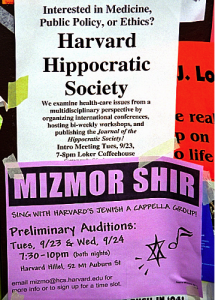Category: News
-
Dartmouth Stresses Importance of Maintaining College Transfer Program
The Dean of Admissions and Financial Aid at Dartmouth College considers transfer students to be the kinds of students the College wants to have in its community, according to a recent article in The Dartmouth, the College’s student newspaper. Although transfer admissions (along with freshman admissions) continue to grow in competitiveness, Dartmouth’s message generally seems…
-

Transfer Admissions Rates for US News 2013 Added
We just added the recently released Fall 2011 transfer admissions numbers for some of the top schools in the US (the “2013″ Top 50 National Universities according to US News). These are the stats for students who applied to transfer and start Fall 2011 term. (US News releases its Top 50 every September, based on…
-

Transfer Admissions Rates for US News 2012 Added
Update: also see our analysis of the newer US News 2013 numbers. We just added the recently released Fall 2010 transfer admissions numbers for some of the top schools in the US (the “2012” Top 50 National Universities according to US News). Check it out by clicking here, or by hovering over the “Stats” tab…
-

Transfer Program at Harvard College Resumes
If you look at our table of transfer acceptance rates, you’ll see that Harvard’s rate says “0.0%.” That’s because the transfer program ceased to even exist, but now Harvard is accepting transfer applicants again. An article in the Harvard Gazette shares the news. Here are the highlights for prospective transfer applicants: Harvard’s generous financial aid…
-

Your High School Counselor Held You Back? Maybe It’s Time to Transfer Colleges
Don’t think your current college is a good fit? Maybe your high school counselor held you back. A study by Public Agenda, a nonprofit group, asked young adults to reflect on their experiences with their counselors in high school. The title of the study tells you a lot: Can I get a Little Advice Here?…